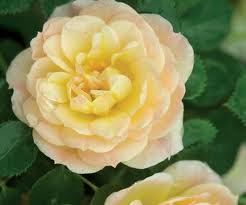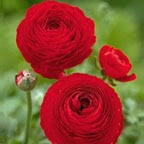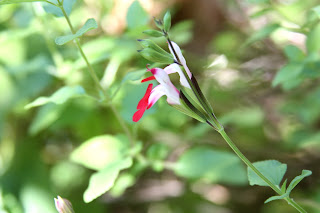Less Fall and Winter Cleanup is Better - to a point
.jpg)
The sunny days of late fall and early winter have homeowners and gardeners outside, armed with clippers and rakes, cleaning out planting beds, dumping flower pots and burning leaves. These are time honored traditions that are being challenged because being a little less tidy helps wildlife and the environment. It is time to put down the tools and reconsider fall-winter cleanup. Gardeners have always been advised that allowing leaves and fall plants to stay in the garden untouched will attract harmful insects, rodents and diseases. In some cases that is true but the other side of the story is that leaves, clippings and standing flower stalks help birds and beneficial insects make it through the cold months. The same leaves, stems and twigs that we used to bag and dispose of can be transformed into habitat and soil amendment. Leaves can even stay on the lawn as winter mulch if they are first chopped with a lawn mower. Lawns that are mulched with chopped leaves and clippings ne








.JPG)


.JPG)